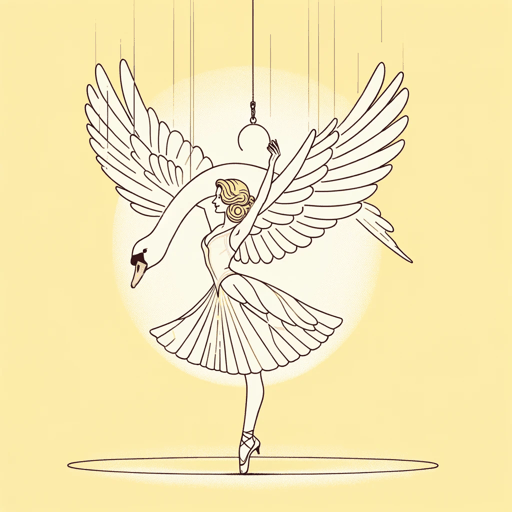50 pages • 1 hour read
Angela CarterNights at the Circus
Fiction | Novel | Adult | Published in 1984A modern alternative to SparkNotes and CliffsNotes, SuperSummary offers high-quality Study Guides with detailed chapter summaries and analysis of major themes, characters, and more.
Symbols & Motifs
Conflict Between Paired Opposites
The most prominent motif in the novel is the recurring conflict between paired (or binary) opposites, which are contrasted and emphasized with juxtapositions throughout the narrative. Each part is structured by its own governing juxtaposition, which figures into its characterization, setting, and thematic arc. These juxtapositions between binaries help convey the narrative’s broader themes; each apposes two things seemingly in conflict with each other, emblematic of the paradoxical nature of these themes.
Part 1 is characterized by a juxtaposition between vulgarity and refinement. This is evident in the setting and in the characters of Fevvers and Lizzie. Fevvers’s dressing room is cluttered with high-quality clothing—”elaborately intimate garments, wormy with ribbons, carious with lace” (9); however, these clothes are carelessly strewn about, creating an atmosphere of “exquisitely feminine squalor” (9). Both Lizzie and Fevvers speak with Cockney accents, a stereotypical trait of lower-class or poorly educated people. However, both women are intelligent and educated despite their accents, making frequent allusions to works of art and culture, or philosophical and intellectual ideas. Ultimately, this subversion informs the theme of the paradoxical nature of the 







Related Titles
By Angela Carter


